Ethiopia revises coffee export strategy after U.S. tariff blow
Ethiopia is altering its coffee export strategy after a 10% U.S. tariff disrupted a key revenue source for the country’s economy....
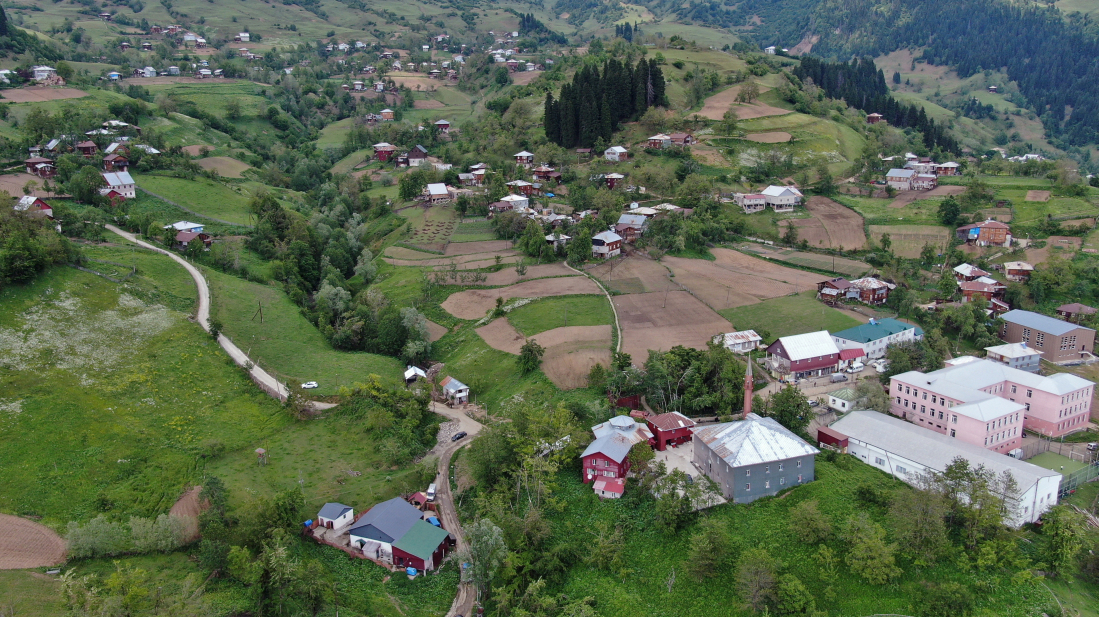
In the remote highland village of Ghorjomi, nestled in Georgia’s Upper Adjara region, Friday prayers at the local mosque are always full.
For the ethnic Georgian Muslims who live here, their faith is as much a part of their identity as their patriotism.
“We are proud to be Georgians. We have a shared past,” says Tariel Nakaidze, a Ghorjomi native and head of the Georgian Muslims Union.
Converted to Islam centuries ago under Ottoman rule, the Muslims of Adjara have long considered themselves loyal citizens of Georgia. Despite this, many still face social pressures in a country where national identity is deeply tied to Orthodox Christianity.
Georgia was the second country in the world to adopt Christianity as a state religion, around 319 AD, and its national flag bears five Christian crosses.
Membership in the Orthodox Church is often seen as a prerequisite for being “truly Georgian.”
Some still derisively refer to Adjara’s Muslims as “Tatars,” a reference to a Muslim ethnic group in Russia.
Nakaidze compares this prejudice to Soviet times. "During the Soviet Union in Georgia, both Christians and Muslims had to live a double life. On the outside, you were an atheist. But at home, you were a believer."
"Unfortunately, after the collapse of the Soviet Union, that problem was replaced by the Orthodox Christian religion."
Yet, Adjaran Islam retains a distinctly Georgian flavour. Locals abstain from the pork and wine enjoyed by their Christian neighbours, but their faith is reflected in the region’s unique wooden mosques, decorated with intricate Ottoman-inspired carvings and traditional Georgian patterns.
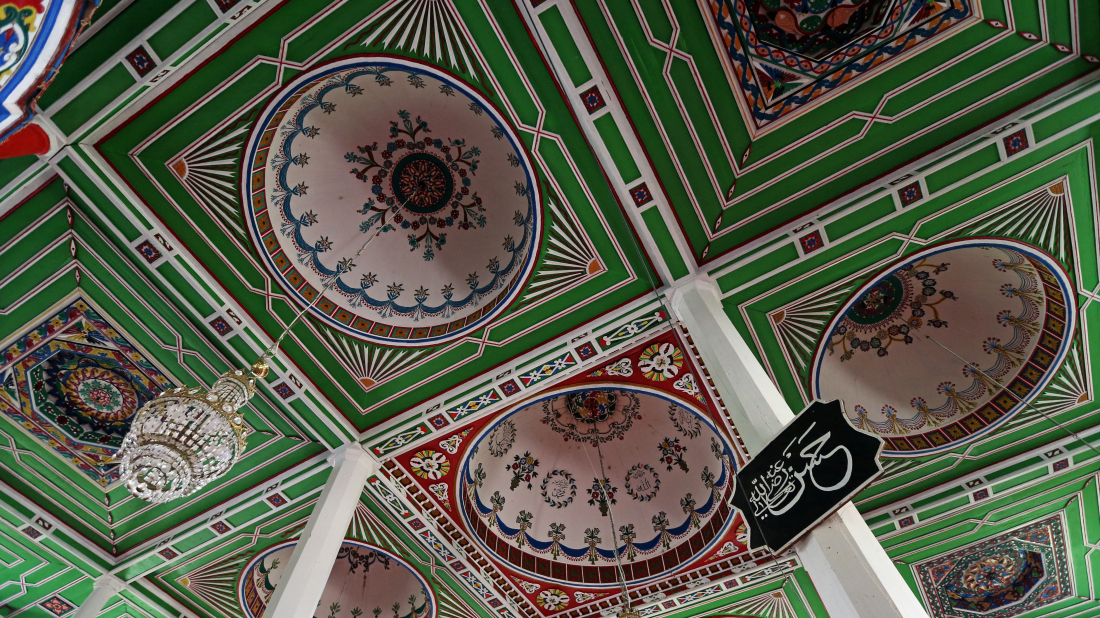
On the Black Sea coast, 100 kilometres away, Adjara’s capital, Batumi, hosts one of the region’s most vibrant Muslim communities.
Worshippers overflow onto the streets outside its overcrowded mosques, swelled by tourists from Turkey and the Middle East.
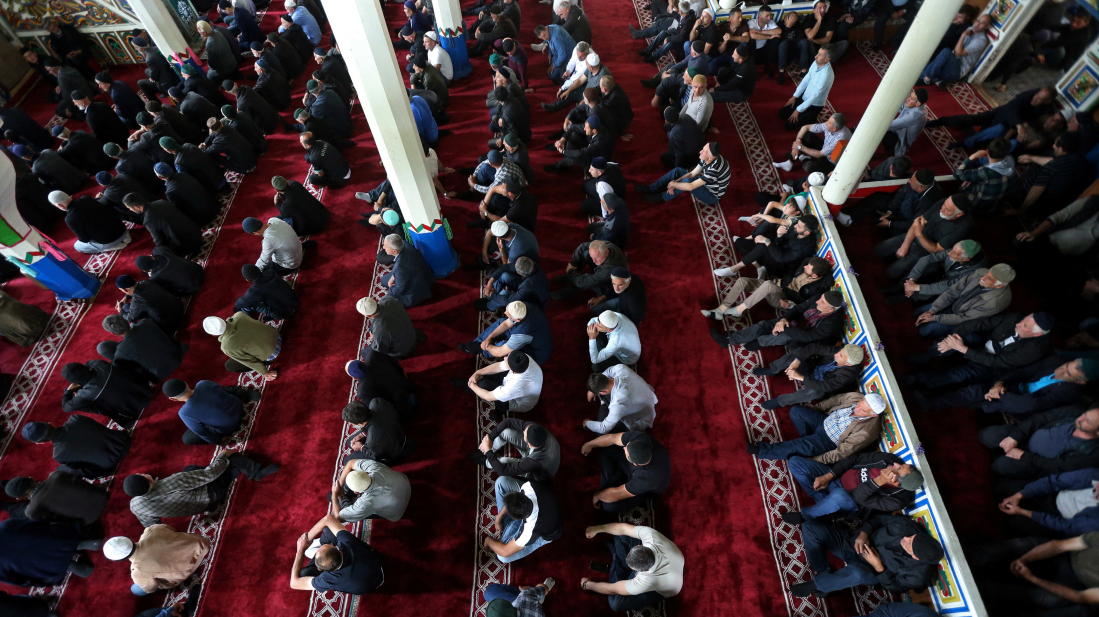
Imam Tamaz Geladze praises Georgia’s tradition of coexistence. “We have lived together for centuries, in friendship and dialogue. Georgia’s diversity is a treasure.”
The imam has been trying to expand his rudimentary, lean-to mosque for years. Although the authorities have granted permission, the project remains tied up in bureaucratic red tape.
While ethnic Georgian Muslims remain a minority, most of Georgia’s roughly 10% Muslim population comes from a different background entirely - the predominantly Shi’ite Azerbaijani minority.
Concentrated in other parts of the country, Azerbaijani Muslims form the backbone of Georgia’s Muslim population.
Their presence highlights Georgia’s broader multicultural fabric, where Islam remains a centuries-old part of the country’s story.
Georgia, besides its religious ties, also shares deep cultural bonds with its Muslim-majority neighbour, Azerbaijan.
One of the most powerful symbols of this connection is the famous “Ali and Nino” kinetic sculpture in Batumi. Created in 2010 by Georgian artist Tamara Kvesitadze, the eight-metre-high steel figures stand on the Black Sea Boulevard, slowly gliding toward each other every ten minutes, merging for a brief moment before drifting apart again.
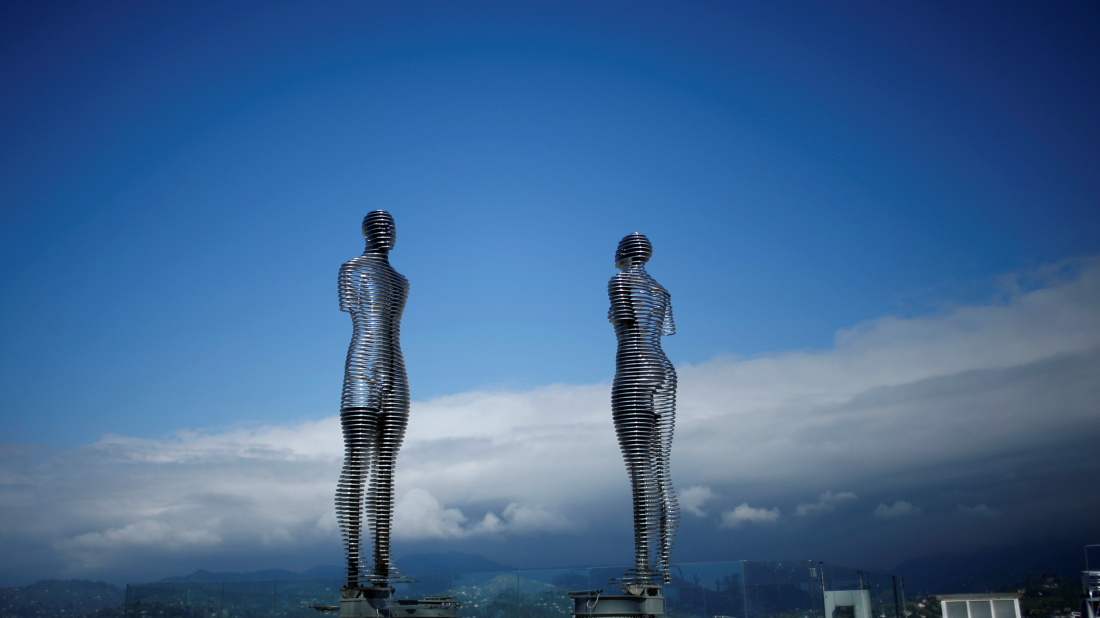
The statue is inspired by the 1937 novel Ali and Nino, written by Azerbaijani author Kurban Said. The book, translated into more than 32 languages, tells the love story of Ali Shervanshir, a Muslim Azerbaijani boy, and Nino Kipiani, a Christian Georgian girl, set in early 20th-century Baku—a city then known as a melting pot of cultures.
The tale, a metaphor for the meeting of East and West, Islam and Christianity, was adapted into a film by Oscar-winning director Asif Kapadia, premiering at the 2016 Sundance Film Festival and becoming the most successful Azerbaijani film of the past three decades.
Filmed across Azerbaijan, including the historic streets of Baku’s Icherisheher (Old City), the movie reinforced the story’s status as a symbol of love, tolerance, and multiculturalism.
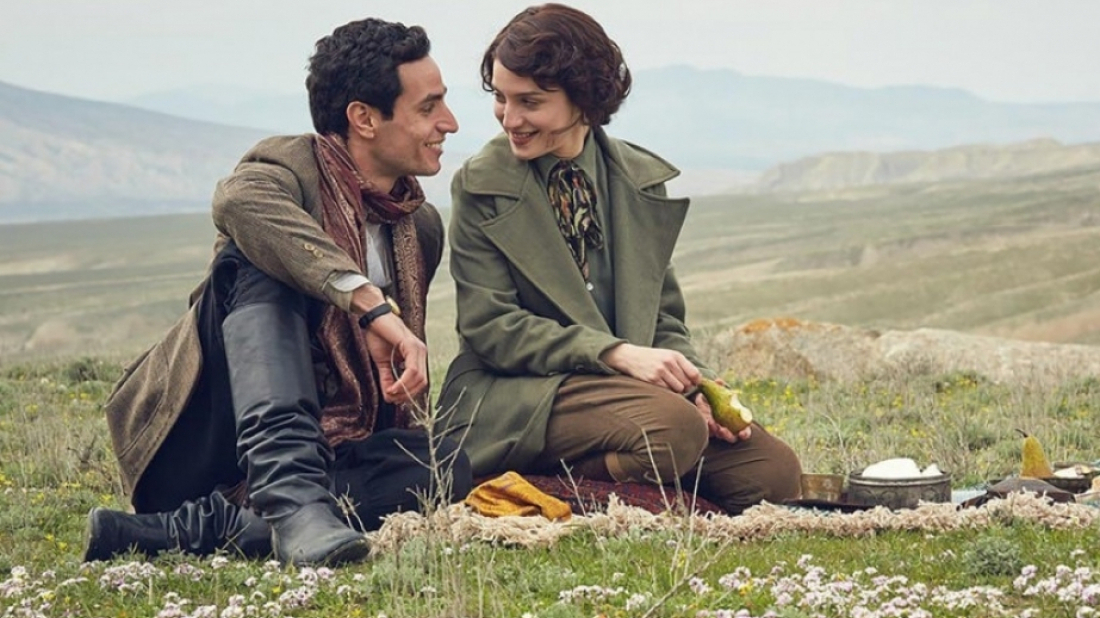
The world’s biggest dance music festival faces an unexpected setback as a fire destroys its main stage, prompting a last-minute response from organisers determined to keep the party alive in Boom, Belgium.
China and the Association of Southeast Asian Nations will send an upgraded ‘version 3.0’ free-trade agreement to their heads of government for approval in October, Chinese Foreign Minister Wang Yi said on Saturday after regional talks in Kuala Lumpur.
Israeli researchers have unveiled an artificial intelligence tool that can determine a person’s true biological age from tiny DNA samples with remarkable precision.
Germany's export slump since 2021 is largely driven by deep-rooted competitiveness issues, the Bundesbank warned in its latest report, calling for urgent structural reforms.
Two Harry Potter actresses, Emma Watson and Zoe Wanamaker, have each received a six-month driving ban after separate speeding offences, both sentenced on the same day at a Buckinghamshire court.
The Nordwind airline will launch direct flights between Moscow and Pyongyang from 27th July, the Russian Ministry of Transport announced.
U.S. State Department has announced a new awareness campaign warning Americans, especially Iranian-Americans, about the continuing severe risks of travel to Iran.
The agreement between Russia and Oman to mutually waive visas will come into force on 18th July, the Russian Foreign Ministry said in a statement.
Archaeologists in Peru have uncovered the remains of a 3,500-year-old city in the country’s northern Barranca province, shedding new light on trade and settlement patterns in early South American civilisations.
Mehrabad and Imam Khomeini airports, along with regional airports in the north, east, west, and south of the country, have resumed operations in Iran and are fully prepared to provide flight services.
You can download the AnewZ application from Play Store and the App Store.

What is your opinion on this topic?
Leave the first comment